Blackheads are a common skin problem that can affect people of all ages. They occur when hair follicles become clogged with excess oil and dead skin cells. While there are many products available on the market that claim to treat blackheads, some people prefer to use natural remedies, such as baking soda.

Baking soda is a versatile household item that can be used for a variety of purposes, including cleaning, baking, and personal hygiene. When it comes to treating blackheads, baking soda is often used as an exfoliant to help remove dead skin cells and unclog pores. It is also believed to have antibacterial properties that can help reduce inflammation and prevent future breakouts.
In this article, we will explore the different ways to use baking soda to treat blackheads. We will also discuss the benefits and risks of using baking soda on the skin, as well as provide tips for incorporating it into your skincare routine. Whether you are looking for a natural alternative to commercial skincare products or simply want to try something new, baking soda may be a useful tool in your fight against blackheads.
Understanding Blackheads

Blackheads are a common skin problem that affects many people. They are small, dark spots that appear on the skin, usually on the face, but they can also appear on other parts of the body. Blackheads are a type of acne that occurs when hair follicles become clogged with oil and dead skin cells. When the clogged pore is exposed to air, it oxidizes and turns black, hence the name blackhead.
Blackheads are not harmful, but they can be unsightly and can affect a person’s self-esteem. They are more common in people with oily skin, but anyone can get them. There are many ways to treat blackheads, including using baking soda.
Baking soda is a common household item that has many uses, including as a natural exfoliant. It works by removing dead skin cells and unclogging pores, which can help to reduce the appearance of blackheads. Baking soda is also alkaline, which means it can help to balance the pH of the skin, making it less prone to breakouts.
However, it is important to note that baking soda should be used with caution, as it can be abrasive and can cause irritation if not used properly. It is also not recommended for people with sensitive skin. Before using baking soda on the skin, it is important to do a patch test to ensure that there is no adverse reaction.
Overall, blackheads are a common skin problem that can be treated using a variety of methods, including baking soda. However, it is important to use baking soda with caution and to consult a dermatologist if blackheads persist or if there are any concerns about using baking soda on the skin.
Benefits of Baking Soda for Skin
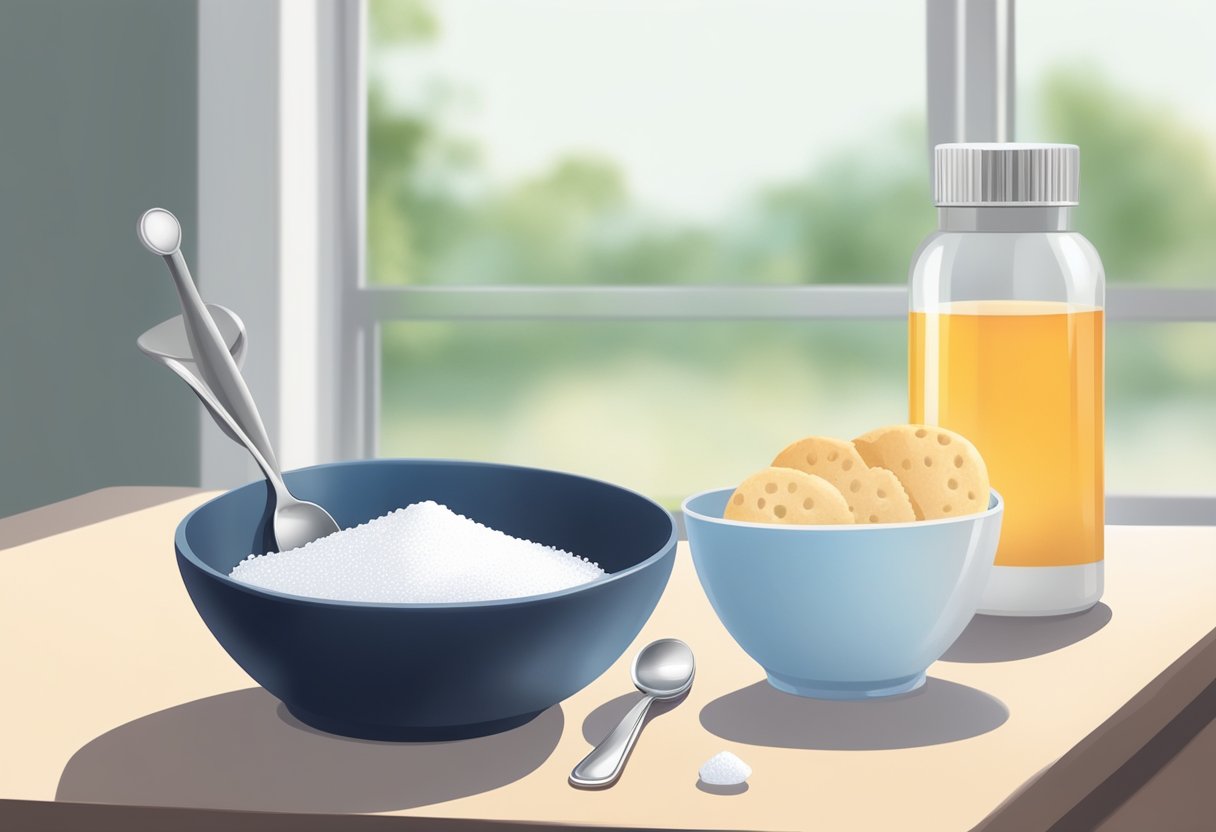
Baking soda, also known as sodium bicarbonate, is a versatile ingredient that has been used for various purposes, including cleaning, cooking, and personal care. When it comes to skin care, baking soda has several benefits that make it a popular natural remedy for various skin conditions, including blackheads.
Here are some of the benefits of using baking soda for skin:
- Exfoliation: Baking soda has mild abrasive properties that make it an effective exfoliator. It can help remove dead skin cells and unclog pores, which can prevent blackheads and other skin issues.
- pH balancing: Baking soda has a pH of around 9, which makes it alkaline. This property can help balance the pH of the skin, which is typically slightly acidic. A balanced pH can help prevent skin issues, including blackheads.
- Anti-inflammatory: Baking soda has anti-inflammatory properties that can help soothe irritated skin. This can be particularly helpful in treating blackheads, which can cause inflammation and redness.
- Antibacterial: Baking soda has antibacterial properties that can help kill bacteria on the skin. This can be helpful in treating and preventing acne, which can contribute to blackheads.
Overall, baking soda can be a useful ingredient in a skincare routine, especially for those with oily or acne-prone skin. However, it’s important to use it properly and in moderation, as excessive use can cause irritation and dryness.
Preparing the Skin

Before using baking soda to treat blackheads, it is important to properly prepare the skin. This involves cleansing and steaming the face to open up the pores and allow the baking soda to work effectively.
Cleansing
The first step in preparing the skin is to cleanse the face thoroughly. This removes any dirt, oil, or makeup that may be clogging the pores, making it easier for the baking soda to penetrate and remove blackheads. It is important to use a gentle cleanser that is appropriate for the skin type.
To cleanse the face, follow these steps:
- Wet the face with warm water.
- Apply a small amount of cleanser to the fingertips and gently massage it into the skin using circular motions.
- Rinse the face thoroughly with warm water and pat it dry with a clean towel.
Steaming
The next step in preparing the skin is to steam the face. Steaming helps to open up the pores, making it easier for the baking soda to penetrate and remove blackheads. It also helps to soften the skin, making it less likely to become irritated during the treatment.
To steam the face, follow these steps:
- Boil a pot of water and pour it into a heat-safe bowl.
- Place the bowl on a table or countertop.
- Position the face over the bowl, being careful not to get too close and burn the skin.
- Drape a towel over the head to trap the steam and hold it in place for 5-10 minutes.
After steaming, the skin should be thoroughly dried with a clean towel before applying the baking soda treatment.
Creating the Baking Soda Treatment

Mixing Ingredients
To create a baking soda treatment for blackheads, one should mix baking soda with water or other ingredients. A popular mixture involves combining a teaspoon of baking soda with two teaspoons of water to form a paste. Another mixture involves adding honey and salt to the baking soda and water mixture.
It is important to mix the ingredients until they form a fine paste. The paste should not be too thick or too thin. The consistency of the paste should be such that it can be easily applied to the skin.
Application Technique
Once the paste is ready, it can be applied to the skin to treat blackheads. The first step in the application technique is to wash the face with warm water to open up the pores. The paste can then be applied to the affected areas of the skin.
It is important to apply the paste gently and avoid rubbing it too hard on the skin. The paste should be left on the skin for a few minutes before being washed off with warm water. It is recommended to apply the paste once a week for best results.
In conclusion, creating a baking soda treatment for blackheads is a simple process that involves mixing baking soda with water or other ingredients to form a paste. The paste can then be applied to the skin using gentle techniques for best results.
Applying the Baking Soda Paste
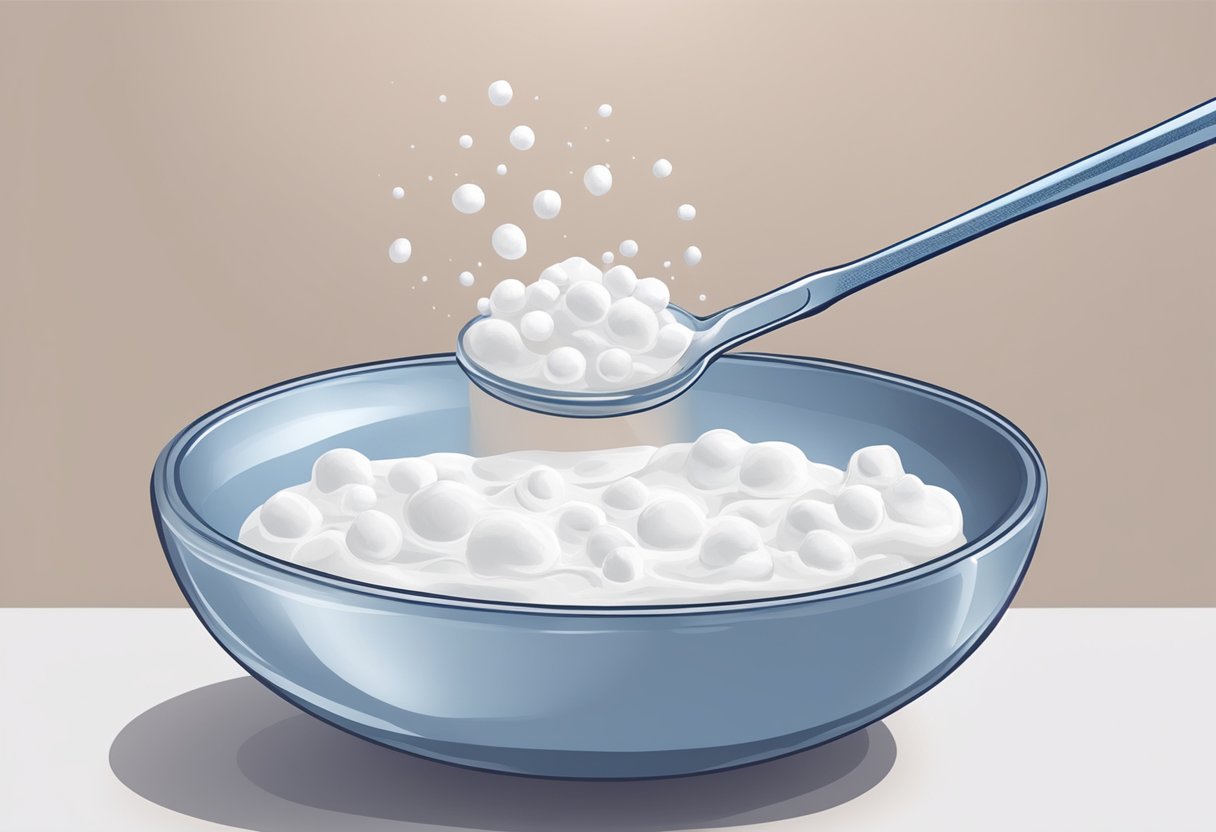
Once the baking soda paste is ready, it’s time to apply it to the affected area. Here are the steps to follow:
- Wash the face with warm water and a gentle cleanser to remove any dirt, oil, or makeup.
- Gently pat the face dry with a clean towel.
- Apply the baking soda paste to the affected area. Use your fingers to gently massage the paste into your skin, focusing on the blackhead areas. Be careful not to rub too hard or apply too much pressure, as this can irritate the skin.
- Leave the paste on for 5-10 minutes. During this time, the baking soda will work to exfoliate the skin and loosen up the blackheads.
- Rinse the paste off with warm water and gently pat the face dry with a clean towel.
It’s important to note that baking soda can be harsh on the skin if used too frequently or if too much is applied. It’s recommended to use this method no more than once or twice a week. If you experience any irritation or discomfort, discontinue use immediately.
In addition to the baking soda paste, there are other natural remedies that can help treat blackheads, such as honey, lemon juice, and tea tree oil. It’s important to find the method that works best for your skin type and to use it consistently for best results.
Safety Considerations
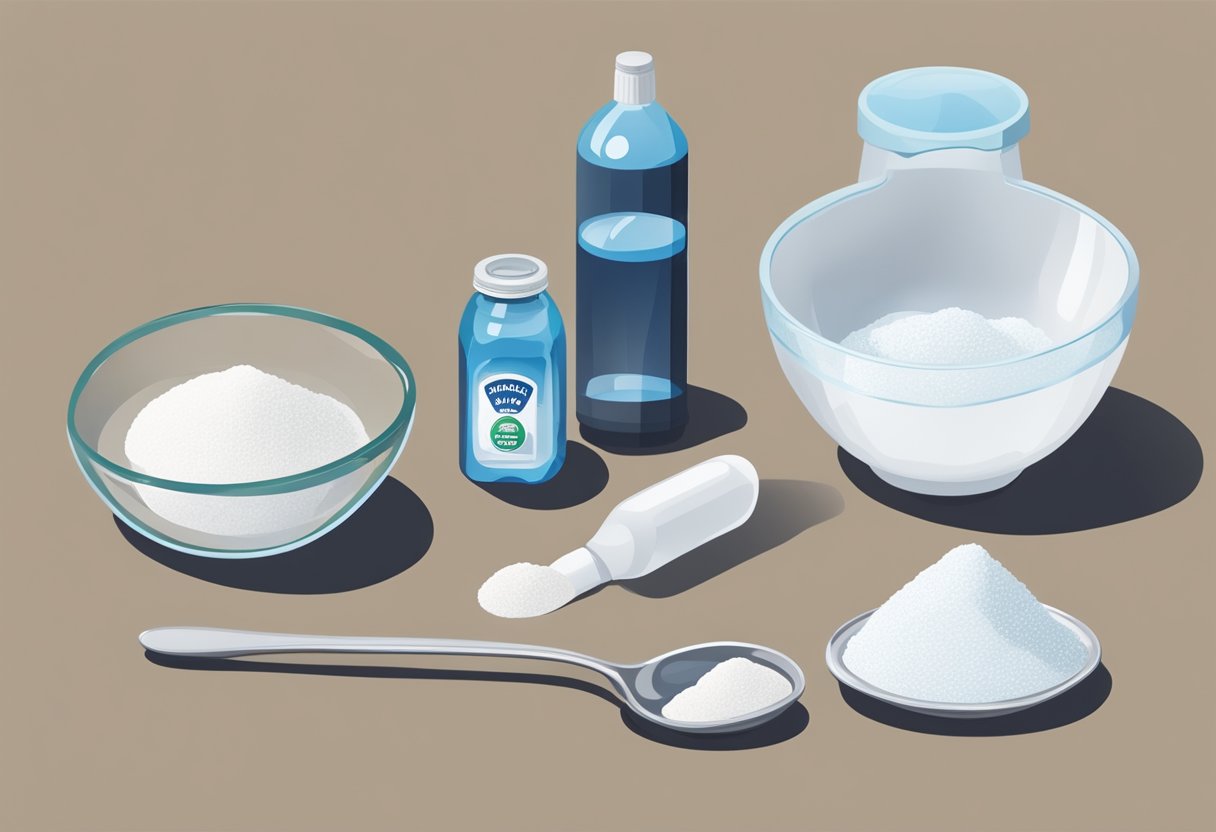
Skin Sensitivity Test
Before using baking soda to treat blackheads, it is important to perform a skin sensitivity test. This is because baking soda can cause irritation or allergic reactions in some people. To perform the test, mix a small amount of baking soda with water and apply it to a small area of skin on the inner arm. Leave it on for 10-15 minutes and then rinse it off with water. If there is no redness, itching, or other signs of irritation, it is likely safe to use baking soda on the face.
Frequency of Use
While baking soda can be an effective treatment for blackheads, it is important to use it in moderation. Overuse can lead to dryness, irritation, and damage to the skin’s natural barrier. It is recommended to use baking soda no more than once or twice a week. Additionally, it is important to avoid using baking soda on areas of the skin that are already irritated or damaged.
In summary, baking soda can be a safe and effective treatment for blackheads when used properly. However, it is important to perform a skin sensitivity test and use it in moderation to avoid potential side effects.
Aftercare and Moisturizing
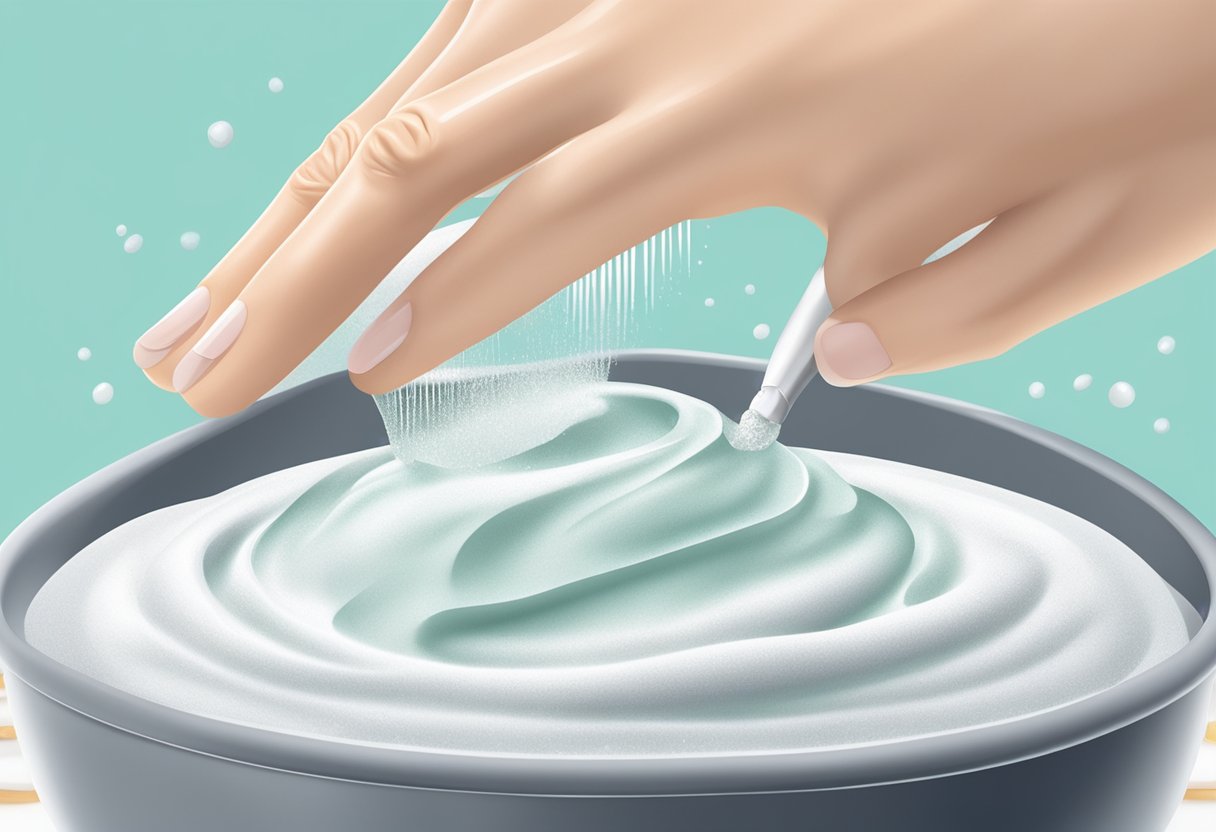
After using baking soda to treat blackheads, it is important to take care of the skin properly to prevent further breakouts. Here are some tips for aftercare and moisturizing:
- Use a gentle cleanser: After using baking soda on the skin, it is important to use a gentle cleanser to remove any remaining residue. This will help to prevent further irritation and breakouts.
- Apply a moisturizer: Baking soda can be drying to the skin, so it is important to apply a moisturizer after treatment. Look for a moisturizer that is non-comedogenic and oil-free to prevent clogging pores.
- Avoid touching the face: Touching the face can transfer bacteria and oil to the skin, which can cause breakouts. It is important to avoid touching the face as much as possible, especially after using baking soda on the skin.
- Use sunscreen: Baking soda can make the skin more sensitive to the sun, so it is important to use a sunscreen with at least SPF 30 after treatment. This will help to prevent sun damage and further breakouts.
- Drink plenty of water: Drinking plenty of water can help to keep the skin hydrated and prevent breakouts. Aim for at least 8 glasses of water per day.
By following these tips for aftercare and moisturizing, you can help to prevent further breakouts and keep your skin looking healthy and clear.
Preventing Future Blackheads
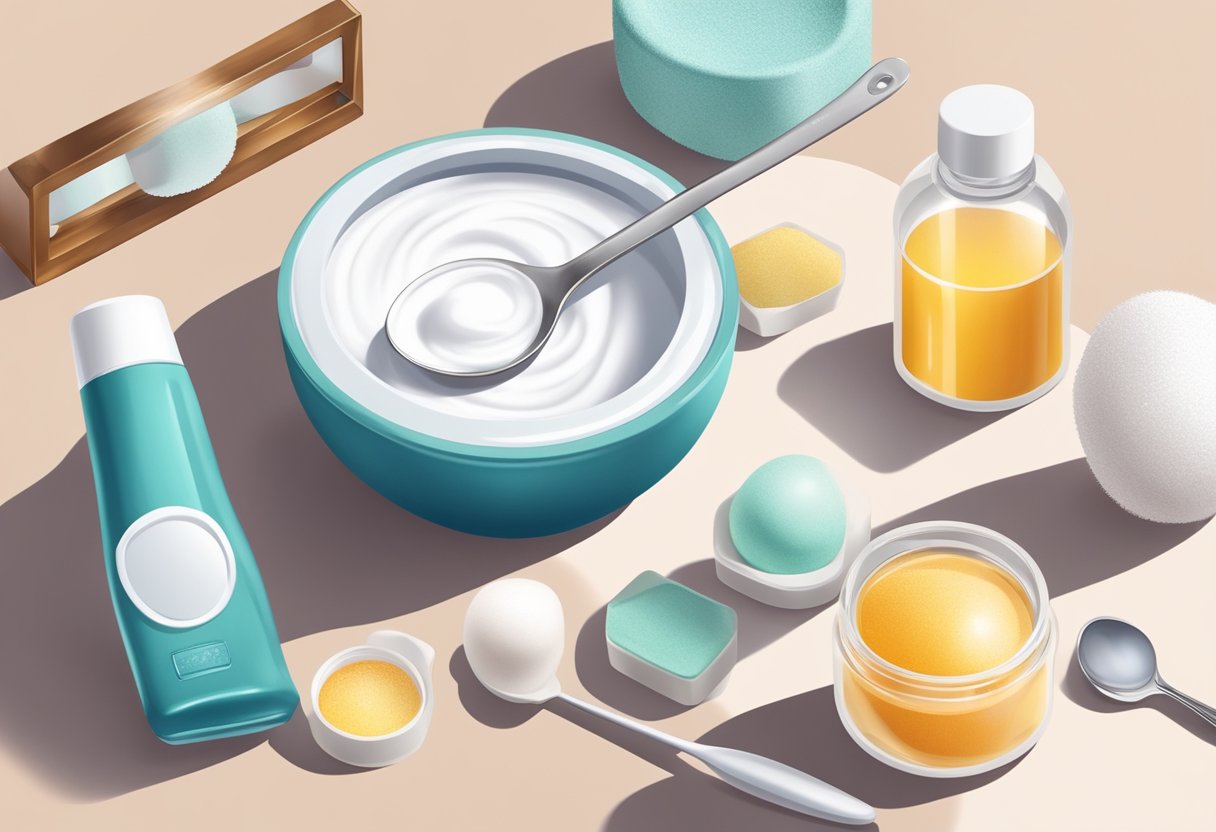
In order to prevent future blackheads, it is important to maintain a consistent skincare routine. This can include using a gentle cleanser, exfoliating regularly, and moisturizing. Additionally, there are some specific steps that can be taken to prevent blackheads from forming.
One effective method is to use a toner after cleansing. Toners can help to balance the skin’s pH levels and remove any remaining dirt or oil. Witch hazel is a popular natural toner that can be used for this purpose.
Another way to prevent blackheads is to avoid using heavy or oily products on the skin. This can include makeup, moisturizers, and hair products. Instead, look for products that are labeled as “non-comedogenic” or “oil-free.”
Finally, it is important to avoid touching or picking at the skin. This can introduce bacteria and oil to the pores, which can lead to blackheads and other types of acne. If blackheads do form, resist the urge to squeeze or pick at them. Instead, try using a gentle exfoliant or a product containing salicylic acid to help remove them.
By following these steps, individuals can help to prevent future blackheads and maintain healthy, clear skin.
Frequently Asked Questions
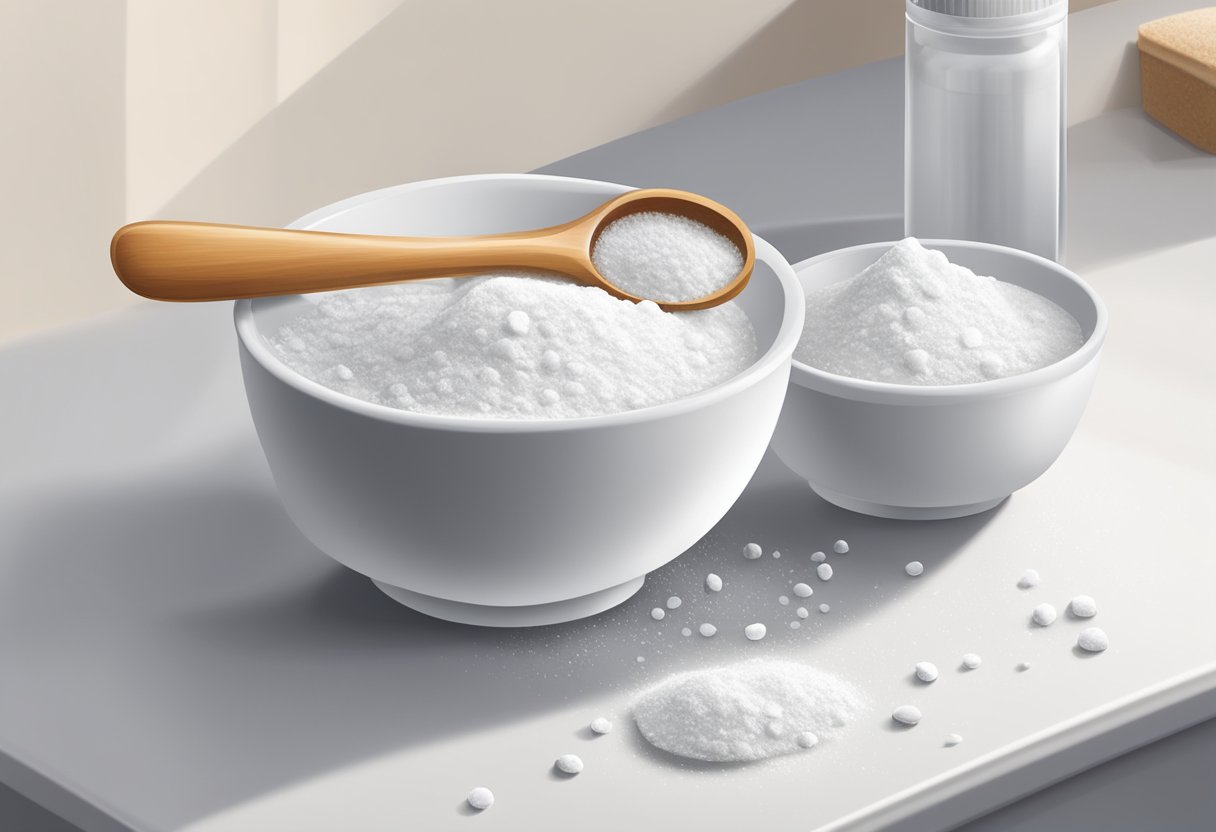
What is the proper method to apply baking soda and water for blackhead treatment?
To apply baking soda and water for blackhead treatment, mix equal parts baking soda and lukewarm water to form a paste. Apply the paste to the affected area and gently massage it in circular motions for a few minutes. Rinse the area with cold water and pat dry with a clean towel. It is recommended to use this treatment once or twice a week.
Can lemon juice enhance the effectiveness of baking soda for removing blackheads?
Lemon juice has natural astringent properties that can help tighten and shrink pores, making it a useful addition to a baking soda and water treatment. However, it is important to note that lemon juice can also be harsh on the skin and cause irritation or dryness. If using lemon juice, it should be diluted with water and only applied to the affected area for a short period of time.
How can you safely extract deep-seated blackheads at home?
It is generally not recommended to extract deep-seated blackheads at home as it can cause scarring or infection. If blackheads are particularly stubborn or persistent, it is best to seek the advice of a dermatologist or skincare professional who can safely extract them using specialized tools.
What are some proven home remedies for unclogging pores and removing blackheads?
In addition to baking soda and water, there are several other home remedies that can help unclog pores and remove blackheads. These include using steam to open pores, applying a honey and cinnamon mask, using a clay mask, and exfoliating with a sugar scrub. It is important to note that results may vary for each individual and it is always best to consult with a dermatologist or skincare professional for personalized recommendations.

